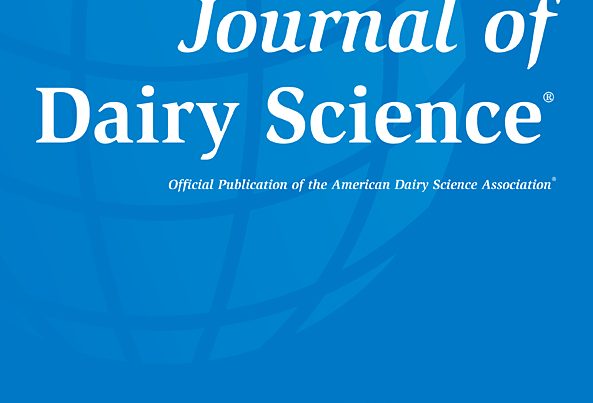Document type: online prepublication of scientific review in theAustralian Veterinary Journal
Authors: R W Shephard, S K Maloney
Preview: Cattle control body temperature in a narrow range over varying climatic conditions. Endogenous body heat is generated by metabolism, digestion and activity. Radiation is the primary external source of heat transfer into the body of cattle. Cattle homeothermy uses behavioural and physiological controls to manage radiation, convection, conduction, and evaporative exchange of heat between the body and the environment, noting that evaporative mechanisms almost exclusively transfer body heat to the environment. Cattle control radiation by shade seeking (hot) and shelter (cold) and by huddling or standing further apart, noting there are intrinsic breed and age differences in radiative transfer potential. The temperature gradient between the skin and the external environment and wind speed (convection) determines heat transfer by these means. Cattle control these mechanisms by managing blood flow to the periphery (physiology), by shelter-seeking and standing/lying activity in the short term (behaviourally) and by modifying their coats and adjusting their metabolic rates in the longer term (acclimatisation). Evaporative heat loss in cattle is primarily from sweating, with some respiratory contribution, and is the primary mechanism for dissipating excess heat when environmental temperatures exceed skin temperature (~36°C). Cattle tend to be better adapted to cooler rather than hotter external conditions, with Bos indicus breeds more adapted to hotter conditions than Bos taurus. Management can minimize the risk of thermal stress by ensuring appropriate breeds of suitably acclimatised cattle, at appropriate stocking densities, fed appropriate diets (and water), and with access to suitable shelter and ventilation are better suited to their expected farm environment.






